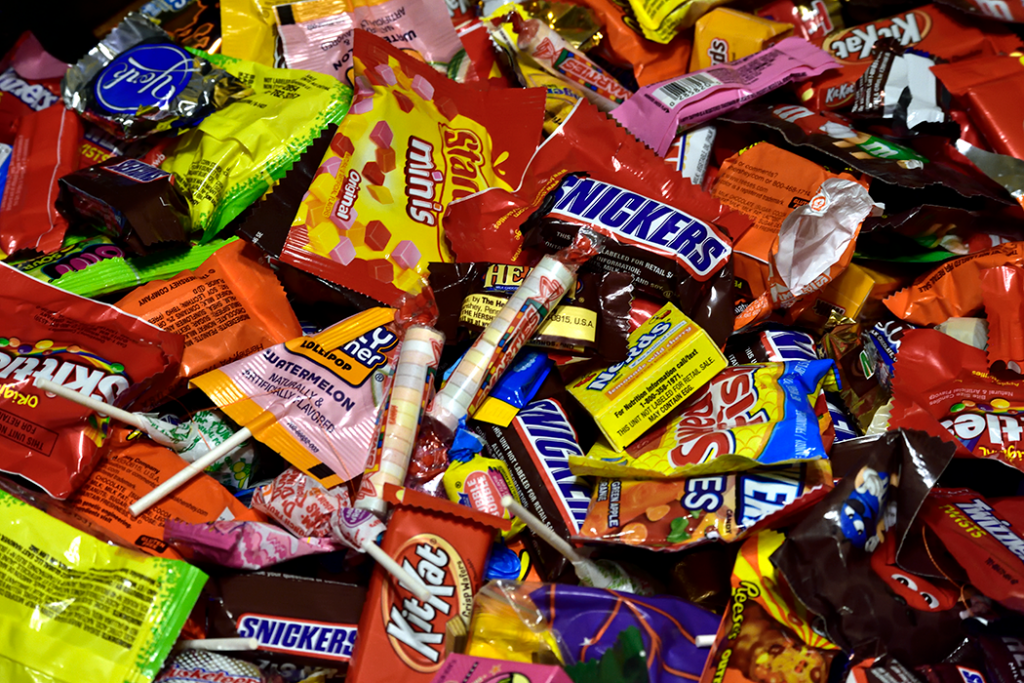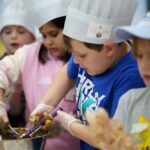Surviving Halloween in the classroom- dietitian tips

Michelle Jaelin, Registered Dietitian
Halloween is arguably, one of the most exciting holidays for students during the school year. The candy, costumes and celebrations get many learners anticipating the last day of October. With a greater awareness of nutrition in schools, should you as a teacher be concerned about the abundance of treats during this season? Here are my tips for surviving Halloween in the classroom.
Forbidding treats makes them more attractive
Teachers (and parents) are often surprised when I tell them not to put rules on how many Halloween treats children should eat in a day. And this is why: The goal is to avoid creating a “Forbidden Fruit Situation.” The more you restrict those fun foods, the more they will want it.
As mentioned previously, choosing fuel foods over fun foods more often is the goal. However, during Halloween, the number of fun foods increases. As an educator, this is something to be mindful of.
There is a system for feeding children called the Division of Responsibility in Feeding created by renowned dietitian Ellyn Satter. In the Division of Responsibility (DoR), children learn how to trust their own internal hunger and fullness cues instead of it being micromanaged by adults. Often, parents oversee what food options are. During the school day, teachers are in charge of when mealtimes are, during their lunch and nutrition breaks. Children get to decide what and how much they eat. If they want treats, that should be an option for a snack, offered all year round, and not just during Halloween.
But what if they demand treats and candy all the time?
There is evidence that demonstrates the more often a child is restricted candy, the more they want it. By contrast, if they are given the permission to eat it daily, their caloric intake of that food will actually decrease over time. Contrary to sensational headlines about sugar in the media, it is not linked to hyperactivity in children.
These are important things to consider in how we talk about food around students: Keeping the food discussion neutral helps them foster a healthy relationship with food now and in their future.
Non-Food Treats
Halloween has evolved over the years to become more inclusive for people with dietary restrictions and allergies. The Teal Pumpkin Project is a simple way to show support, through offering non-food trinkets and treats for everyone. If you are planning a Halloween party for your classroom, consider giving away fun school supplies, stickers, stationary, small games and toys. This also emphasizes other fun ways to celebrate Halloween besides candy. Remember, some students also don’t partake in the holiday due to religious beliefs. The goal is to make the classroom environment inclusive and respectful for everyone.
Final Thoughts
Halloween happens during the school year, creating lots of memories for students. Seeing themselves, their peers and their teachers in costumes are highlights during the year they will not forget. As a teacher, creating a fun, inclusive and judgment free environment with food and non-food treats will help them create those memorable moments.
Michelle Jaelin is TV and digital media Nutrition Expert, licensed registered dietitian, content creator and writer at NutritionArtist.com. She resides in Hamilton, ON with her spouse and rescue dog. Follow her @nutritionartist on Instagram and Twitter.



